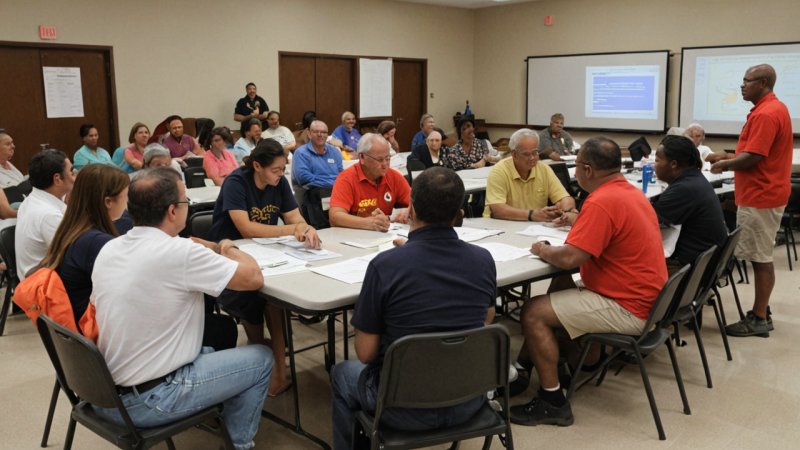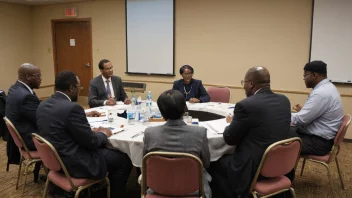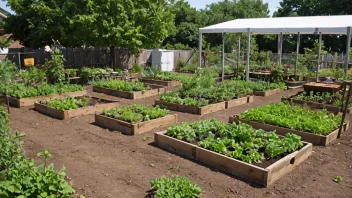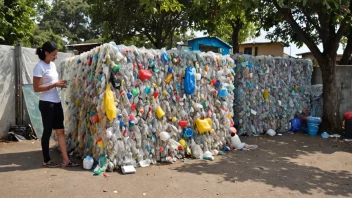Natural disasters can strike with little warning, leaving communities vulnerable and unprepared. In this article, you will learn how to effectively prepare your community for potential natural disasters. We'll walk through essential steps that can help mitigate risks, educate residents, and ensure a coordinated response when disaster strikes.
Step 1: Assess Risks and Vulnerabilities
The first step in disaster preparedness is understanding the specific risks your community faces. This can include floods, earthquakes, hurricanes, or wildfires.
- Conduct a risk assessment: Analyze historical data to identify which types of disasters are most likely to occur in your area.
- Identify vulnerable populations: Determine which groups may be at greater risk, such as the elderly, low-income families, or individuals with disabilities.
- Evaluate infrastructure: Assess community buildings, roads, and resources to identify weaknesses that could exacerbate the effects of a disaster.
Step 2: Develop a Community Disaster Plan
Once you understand the risks, it’s time to create a comprehensive disaster plan for your community.
- Form a planning committee: Include community leaders, emergency services, and local organizations to ensure all perspectives are considered.
- Create an evacuation plan: Designate safe routes and shelters, and ensure all community members know these plans.
- Establish communication protocols: Set up a system for alerting residents about impending disasters and provide clear instructions on what to do.
Step 3: Educate the Community
Community education is crucial in ensuring that everyone knows what to do before, during, and after a disaster.
- Conduct workshops: Organize training sessions on disaster preparedness, first aid, and emergency response.
- Distribute materials: Create brochures, flyers, and online resources that outline key information and emergency contacts.
- Engage local schools: Work with educators to incorporate disaster preparedness into school curricula.
Step 4: Build Community Resilience
Fostering resilience within your community can significantly reduce the impact of disasters.
- Encourage neighborhood networks: Promote the formation of local groups that can assist each other in times of crisis.
- Support local businesses: Help businesses develop their own disaster plans to ensure they can recover quickly and support the community.
- Promote mental health resources: Ensure that residents have access to counseling and support services, particularly after a disaster.
Step 5: Conduct Drills and Simulations
Practice is key to effective disaster preparedness. Regular drills help ensure that everyone knows their roles in an emergency.
- Organize community drills: Simulate various disaster scenarios to test the community’s response and identify areas for improvement.
- Evaluate performance: After each drill, assess what worked well and what needs adjustment. Gather feedback from participants.
- Adjust the disaster plan: Use insights gained from drills to refine and update the community disaster response plan.
Step 6: Create Partnerships
Collaboration with local organizations and agencies can enhance your community's disaster preparedness efforts.
- Engage local government: Work closely with local emergency management agencies to align community plans with broader initiatives.
- Partner with NGOs: Collaborate with non-governmental organizations that specialize in disaster relief and preparedness.
- Involve faith-based organizations: Leverage the networks of local churches and community centers to spread awareness and mobilize efforts.
Step 7: Stay Informed and Adapt
The landscape of disaster preparedness is always changing, and communities must stay informed about new risks and strategies.
- Follow local news: Stay updated on weather forecasts and potential threats to the community.
- Join preparedness networks: Engage with local, regional, and national organizations focused on disaster preparedness to share resources and best practices.
- Adapt plans as necessary: Regularly review and revise the disaster plan to incorporate lessons learned and evolving community needs.
In summary, preparing your community for natural disasters involves assessing risks, creating a comprehensive disaster plan, educating residents, building resilience, conducting drills, forming partnerships, and staying informed. By taking these steps, you can empower your community to respond effectively in times of crisis. Remember, preparedness is an ongoing process, and every small action contributes to a safer, more resilient community.






